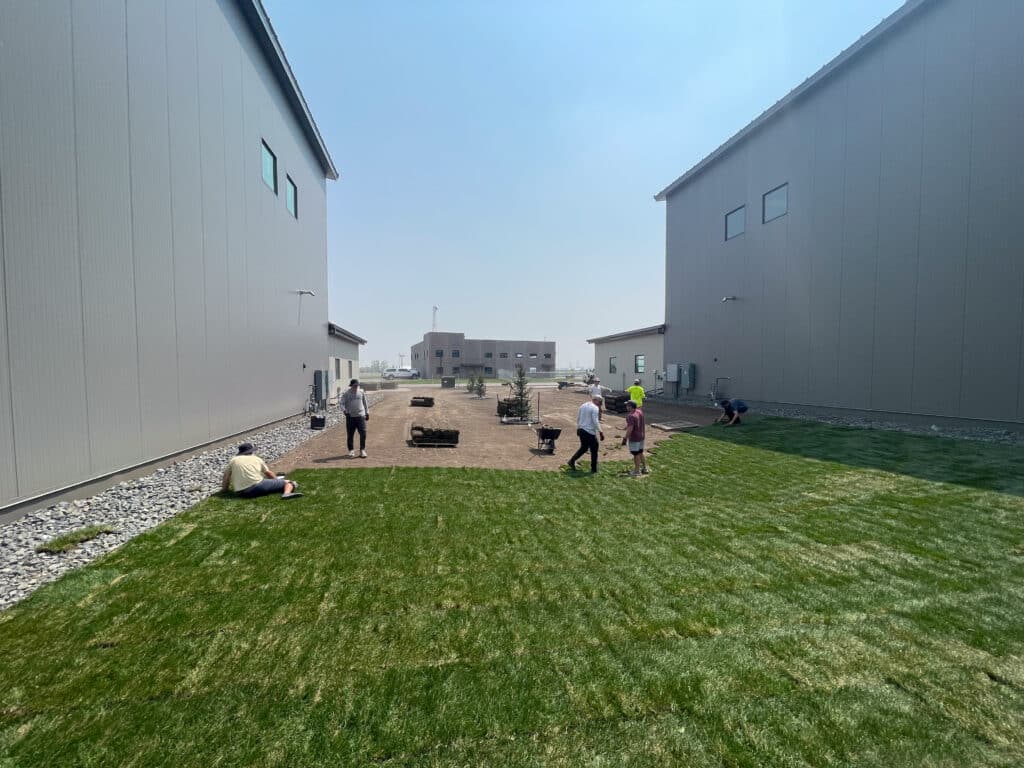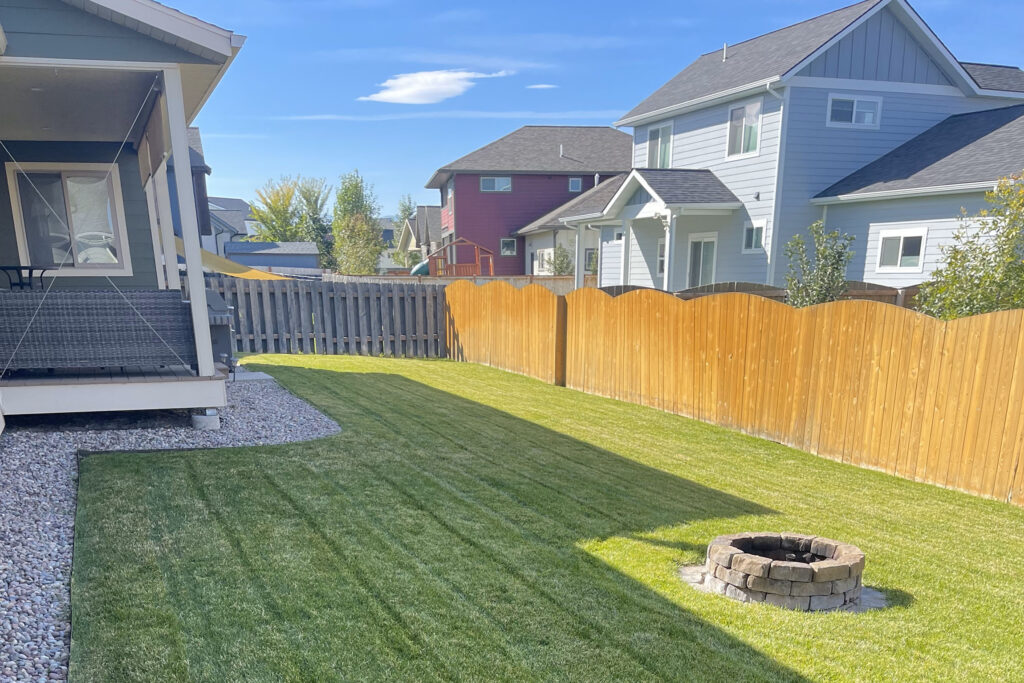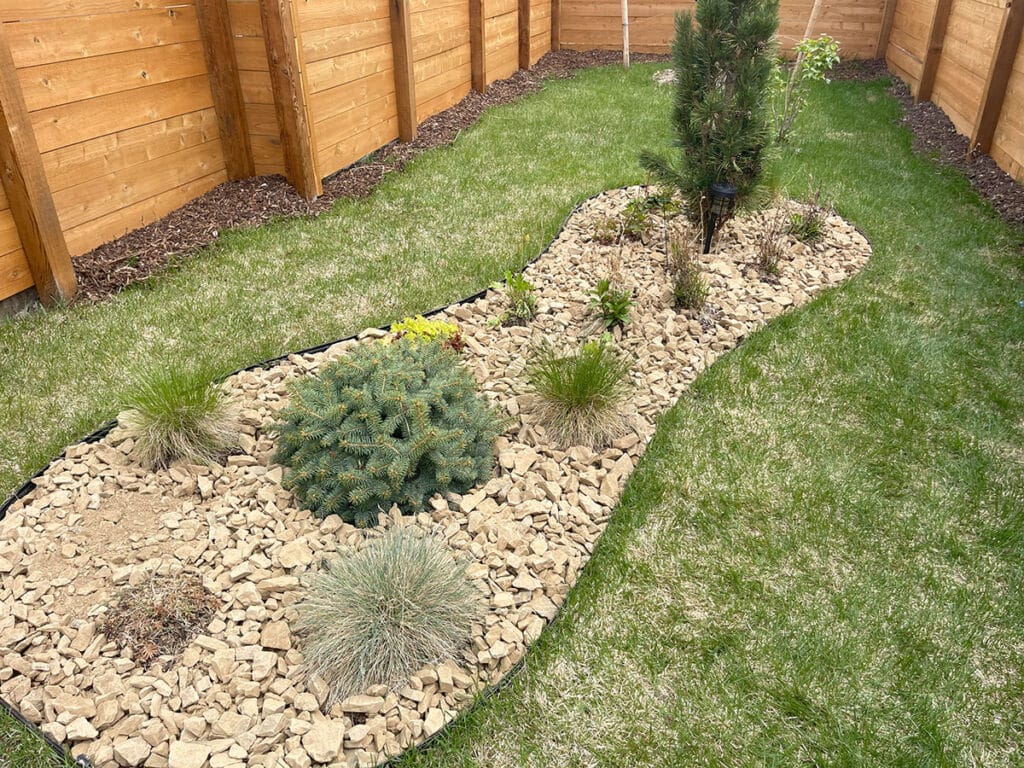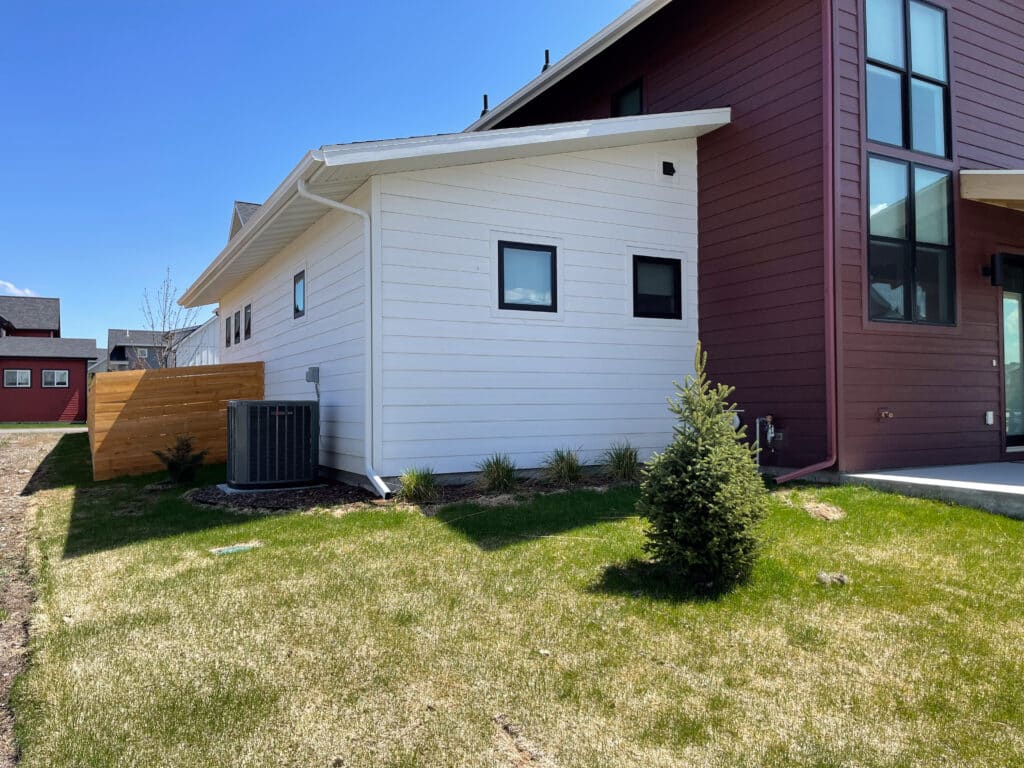Assess your site, consider soil and sunlight conditions, select suitable plants, and plan for seasonal interest in your softscape design.
Planning a softscape design involves thoughtful consideration of the living, horticultural elements that will make up the landscape. Here’s a step-by-step guide on how to plan a softscape design for your outdoor space:
Steps for Planning
1. Asses Your Site
Evaluate the existing conditions of your site, including sunlight exposure, soil type, drainage, and existing vegetation.
Identify areas with different microclimates, such as sunny spots, shaded areas, or places prone to water accumulation.
2. Define Your Goals
Clearly outline your goals for the softscape design. Consider whether you want a low-maintenance garden, a colorful flowerbed, a sustainable landscape, or specific features like an herb garden or wildlife habitat.

3. Determine Plant Preferences
Identify your preferred plants based on factors such as color, texture, size, and fragrance.
Consider the local climate and choose plants that are well-suited to your region.
4. Create a Plant Inventory
Develop a list of plants you want to include in your softscape design. Include information on each plant’s characteristics, such as height, spread, bloom time, and water requirements.
Research each plant’s growth habits and potential challenges.
5. Plan Planting Beds & Borders
Outline the location and shape of planting beds and borders in your landscape.
Consider creating focal points or island beds to add visual interest.
6. Arrange Plants Strategically
Plan the arrangement of plants based on their mature size, growth habits, and visual appeal.
Group plants with similar water and sunlight requirements together.
7. Consider Seasonal Interest
Aim for year-round interest by selecting plants that provide seasonal features such as flowers, foliage color, or berries in different seasons.
Include a mix of deciduous and evergreen plants for visual diversity.
8. Create Pathways & Walkways
Plan pathways and walkways to guide movement through the landscape.
Use softscape elements like groundcovers or low-growing plants along pathways to soften hardscape features.
9. Incorporate Trees & Shrubs
Strategically place trees and shrubs to add vertical structure and frame views.
Consider the mature size of trees and their potential impact on sunlight and shade.
10. Integrate Water Features
If including water features, plan their placement to complement the overall softscape design.
Consider aquatic plants and water-loving vegetation around ponds or water gardens.
11. Choose Hardscape Elements
Consider existing or planned hardscape elements, such as patios, seating areas, or structures.
Ensure a harmonious integration between hardscape and softscape elements.
12. Focus on Sustainability
Incorporate sustainable practices, such as using native plants, employing water-efficient irrigation systems, and practicing eco-friendly gardening methods.
Consider attracting pollinators and beneficial insects to promote a healthy ecosystem.
13. Create Planting Zones
Divide your landscape into planting zones based on factors like sunlight, soil conditions, and water availability.
Select plants suitable for each zone to optimize their growth.
14. Plan for Maintenance
Consider the level of maintenance you’re willing to commit to and choose plants accordingly.
Factor in watering, pruning, and other maintenance tasks in your softscape design.
15. Draw a Design Plan
Create a visual design plan that includes the layout of plants, pathways, and other softscape elements.
Use garden design software, sketching, or online tools to illustrate your vision.
16. Consult with Experts
If unsure, seek advice from horticulturists, landscape designers, or local gardening experts.
Professionals can provide insights into plant selection, layout, and maintenance practices.
Final Thoughts
By carefully planning your softscape design, you can create a vibrant and cohesive landscape that aligns with your preferences, enhances the beauty of your outdoor space, and meets your specific goals.



